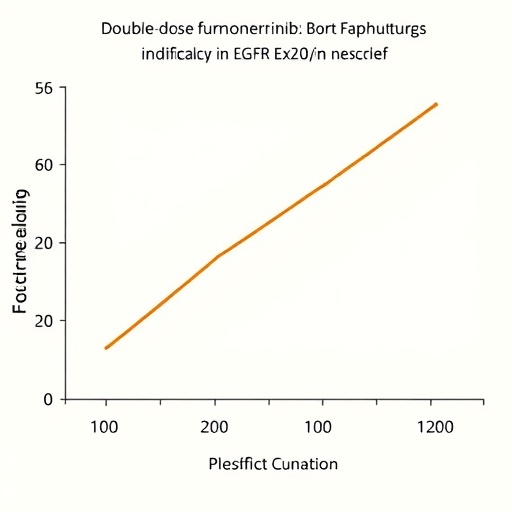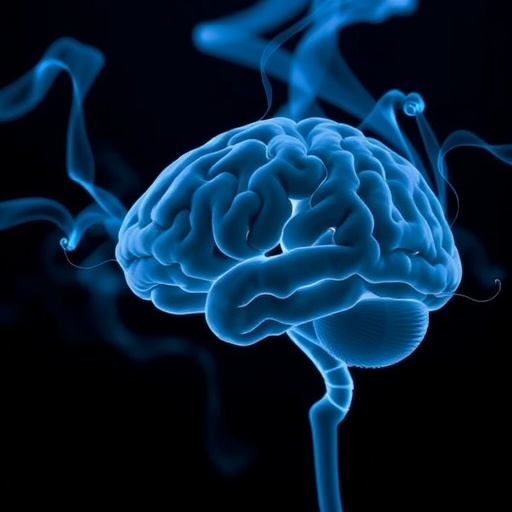ATLANTA, Oct. 28, 2025 — In a pioneering clinical investigation published in the renowned journal Music and Medicine, researchers have unveiled compelling evidence that patient-selected intraoperative music therapy can markedly decrease the consumption of anesthetic agents such as propofol and fentanyl during laparoscopic cholecystectomy, a minimally invasive gallbladder removal performed under general anesthesia. These findings suggest that the integration of music therapy into perioperative care protocols not only optimizes anesthetic dosing but may also enhance patient recovery quality by modulating the physiological stress response inherent to surgery.
The randomized controlled trial was spearheaded by Dr. Tanvi Goel, a distinguished anesthesiologist and principal investigator at Lok Nayak Hospital and Maulana Azad Medical College in New Delhi, India. The study addressed a critically overlooked dimension of anesthetic practice: the auditory environment during surgery. Historically regarded as irrelevant or background noise, sound therapy in this context has been demonstrated to actively engage the central nervous system even when patients are unconscious, thereby attenuating the neuroendocrine cascade triggered by surgical trauma.
In-depth physiological analyses revealed that patients exposed to self-selected therapeutic music required substantially lower doses of propofol, a commonly used intravenous sedative-hypnotic agent, and fentanyl, a potent opioid analgesic. This dose-sparing effect is clinically significant, potentially reducing the risks of anesthetic-related adverse effects such as respiratory depression, hemodynamic instability, and postoperative cognitive dysfunction. Moreover, the study offers granular insights into how music therapy influences neurochemical pathways involved in nociception and consciousness, marking a novel intersection between auditory neuroscience and anesthesiology.
One of the most striking benefits reported was the smoother emergence profiles in patients who received music therapy. Awakening from anesthesia was characterized by greater comfort, decreased agitation, and faster orientation restoration. Such findings imply that the auditory stimuli modulate subcortical arousal circuits, possibly through limbic system engagement, which accounts for less refractory anesthesia emergence phases. This enhancement in neurobehavioral recovery underscores the therapeutic potential of music beyond passive distraction.
Crucially, the study demonstrated that perioperative cortisol levels—a biomarker of physiological stress—were significantly lower in the music therapy cohort compared to controls. Cortisol, integral to the hypothalamic-pituitary-adrenal (HPA) axis response to stress, is known to influence postoperative wound healing, inflammation, and immunomodulation. The attenuation of this hormone’s surge suggests that intraoperative music may dampen the systemic stress response, contributing to improved surgical outcomes and expedited convalescence.
The interdisciplinary nature of the research team facilitated a comprehensive exploration of music’s multimodal impact. Co-investigator Dr. Farah Husain, a certified music therapist, emphasized that the intervention transcends mere background ambiance; it is a targeted neurosensory stimulus with measurable autonomic and endocrine effects. This challenges conventional perceptions of anesthesia as a state of complete sensory isolation and opens avenues for multimodal patient-centered anesthetic management.
In commentary, Dr. Sonia Wadhawan, a professor and director in anesthesia and intensive care, reflected on the clinical implications of redefining the auditory milieu of the operating room. By integrating therapeutically curated soundscapes, anesthesiologists can potentially harness the brain’s inherent neuroplasticity to facilitate perioperative resilience. This paradigm shift advocates for a systematic reevaluation of environmental factors as integral adjuncts to pharmacological anesthesia.
Beyond immediate anesthetic care, the findings resonate with broader neuroscience research highlighting the salience of personally meaningful music in modulating cognitive and emotional processing. Wendy L. Magee, PhD, professor of music therapy at Temple University, elaborated that patient-preferred music robustly activates neural circuits involved in arousal and consciousness, which has proven beneficial for individuals with impaired awareness following brain injury. Application in surgical anesthesia thus leverages these neurobiological mechanisms for behavioral and physiological optimization during a vulnerable state.
The study’s authors and independent experts alike highlight the need for advancements in monitoring techniques, including multimodal electroencephalography (EEG), to elucidate the neural underpinnings of music’s intraoperative effects. Such investigations will enable refinement of auditory interventions, allowing for individualized, dynamic modulation of anesthetic depth in real time. Additionally, a comprehensive evaluation encompassing both patient-centric outcomes and provider safety parameters is paramount for holistic implementation.
Future research trajectories envisaged by the investigators include scaling the sample size to validate findings across diverse populations and surgical procedures. Standardization of music therapy protocols—encompassing tempo, genre, and delivery methods—will be critical for reproducibility and integration into global anesthetic practice. The translational potential of this research is profound, promising a non-pharmacological adjunct that could revolutionize perioperative care paradigms.
Editorial commentary by renowned anesthesiologist Fred J. Schwartz underscores the transformative implications of these findings. He advocates for an interdisciplinary scientific approach merging anesthesiology, neuroscience, and music therapy to unravel the complex interface between auditory stimuli and brain function during anesthesia. As health systems strive for precision medicine, integrating such non-invasive, low-risk adjuncts aligns with patient-centered care models aimed at reducing pharmacologic burden while enhancing recovery trajectories.
In conclusion, this landmark study reaffirms the therapeutic power of patient-selected music as an adjunctive tool in anesthetic management, capable of modulating both pharmacodynamics and stress physiology during surgery. By harmonizing technological advancements with neurobiological principles, the emerging field of intraoperative music therapy holds promise not only for optimizing anesthetic dosing but also for reimagining the sensory experience of surgery to promote healing and resilience. The medical community eagerly anticipates further empirical validation and refinement of this novel intervention, heralding a new era where music and medicine converge in the operating theater.
Subject of Research: People
Article Title: Effect of patient selected music therapy on propofol consumption in laparoscopic cholecystectomy under total intravenous anaesthesia: A randomised controlled trial
News Publication Date: October 28, 2025
Web References: http://dx.doi.org/10.1000/xyz123
References: Not provided in the source text.
Image Credits: Not provided in the source text.
Keywords: Intraoperative music therapy, anesthesia, propofol consumption, fentanyl requirement, laparoscopic cholecystectomy, neuroendocrine stress response, perioperative cortisol, randomized controlled trial, neuroplasticity, auditory stimuli, patient-preferred music, anesthetic dosing optimization
Tags: anesthetic needs reductionauditory environment in anesthesiabenefits of music in healthcareclinical trial on music therapylaparoscopic cholecystectomy musicmusic therapy in surgeryneuroendocrine response to surgerypatient-selected music therapyperioperative care innovationpropofol and fentanyl usagestress responses during surgerysurgical recovery enhancement




